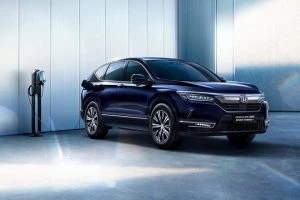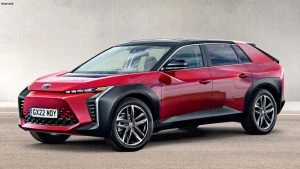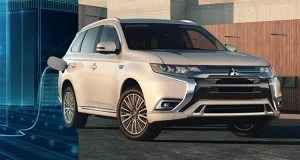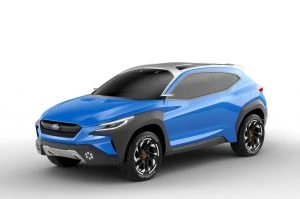EVs and the Japanese Manufacturers
I like to get a feel for what is truly happening in the EV world by heading over to the Japanese to see what they are up to. The Japanese make the best cars in the world, at least from a reliability and practical point of view, so it makes sense to me to have a look at what their plans are when it comes to EV innovation, invention and implementation.
Mazda

Mazda MX 30 EV
Mazda is planning to introduce ‘Skyactiv Multi-Solution Scalable Architecture’ for hybrids, PHEVs and EVs in 2022, and they plan to offer three EV models, five PHEV models and five hybrid models sometime between 2022 and 2025. Mazda will also keep hybrids and PHEVs as part of their saleable new cars beyond 2030.
By the end of 2023, Mazda plans to show at least two plug-in hybrids by the end of the year.
In 2026 Mazda plans to show the platform for a new generation of EVs in the early part of the year.
By 2030 Mazda plans to offer a hybrid or electric variant for every model that Mazda has in their line-up. However, even though Mazda will develop a dedicated EV platform by 2025, Mazda’s majority of vehicles beyond 2030 will be hybrids and plug-in hybrids, and, as such, Mazda is not about to stop developing its internal combustion engines anytime soon.
Honda

Honda EV Crossover
Honda plans to develop its own solid-state battery tech, rather than relying on outside developers.
By 2023, a Honda EV built in partnership with GM, reportedly a crossover, is expected to enter production.
Honda foresees that 40% of their models will be electric or hydrogen fuel-cell powered by 2030, climbing to 100% by 2040. Honda is one of just a handful of automakers alongside Toyota, Hyundai, and BMW, to devote plenty of their development energy into to hydrogen fuel-cell vehicles.
Toyota

Toyota BZ EV Concept
By 2025, Toyota plans to launch 60 new hybrid, electric, or fuel-cell vehicles by the end of that year, and it also expects to have reached its goal of selling 5.5 million EVs each year. Their dedication to hydrogen fuel-cell vehicles is strong, and they remain big game players in this sort of technology.
Looking across the Tasman (where NZ’s PM, Jacinda Ardern, put her foot in it by claiming that Toyota would be providing EV utes in just 2 more years) it is evident that Toyota will not be putting all their eggs in one basket and going totally bent on EV production. Toyota is adamant that a slow EV uptake is more likely, and hence they would not be giving up on their particularly good hybrid engine technology any time soon.
Nissan

Nissan ids Concept EV
Nissan is the manufacturer of the highly successful Nissan Leaf EV Hatchback, which has been in production for some years now. By 2023, Nissan plans to have launched eight EVs by the end of the year and will be hoping to be on target to sell 1-million hybrid or electric vehicles, globally, per-year. Nissan states that their hybrid technology and their technology to improve their internal combustion engines won’t be stopping before 2030, at least.
Mitsubishi

Mitsubishi Outlander PHEV
Mitsubishi has the marvellous Outlander PHEV, which has been in production for many years now. By 2030, Mitsubishi plans for 50% of its global sales to come from hybrid or electric vehicles. I guess that leaves 50% to be still made up of efficient internal combustion vehicles.
Subaru

Subaru Solterra EV Concept
Subaru, by 2030, expects 40% of its global sales to come from hybrid or electric vehicles. By 2035, Subaru plans to have a hybrid or electric version of every vehicle in its line-up. Subaru seems to be singing off a similar song sheet to Toyota, where they both suggest that the hybrid vehicle will prove to be more popular in the short term, particularly as the EV infrastructure has a long way to go.
By 2050, Mazda, Mitsubishi, and Nissan have made bold plans to reach net-zero carbon emissions.
The big questions are: Will the EV-charging infrastructure match the manufacturer claims? Will people be able to afford an EV, let alone the huge cost to make their home charge ready, as the ideologically bold demands that some governments introduce along with big taxes? Who is going to pay for all of this?
I read a recent comment where a reader of ‘Car and Driver’ made a very informed comment:
“It’s a ‘no thanks’ on Li batteries from me. Lithium extraction has already spoiled the Atacama desert in Chile and now they have their sights set on the American West. I can reduce my CO2 footprint far more by just driving less than by purchasing a 100 kWh battery, and the 10-20T of CO2 that was released to make it. I’ll wait for fuel cells. As a Toyota driver… I have time.”